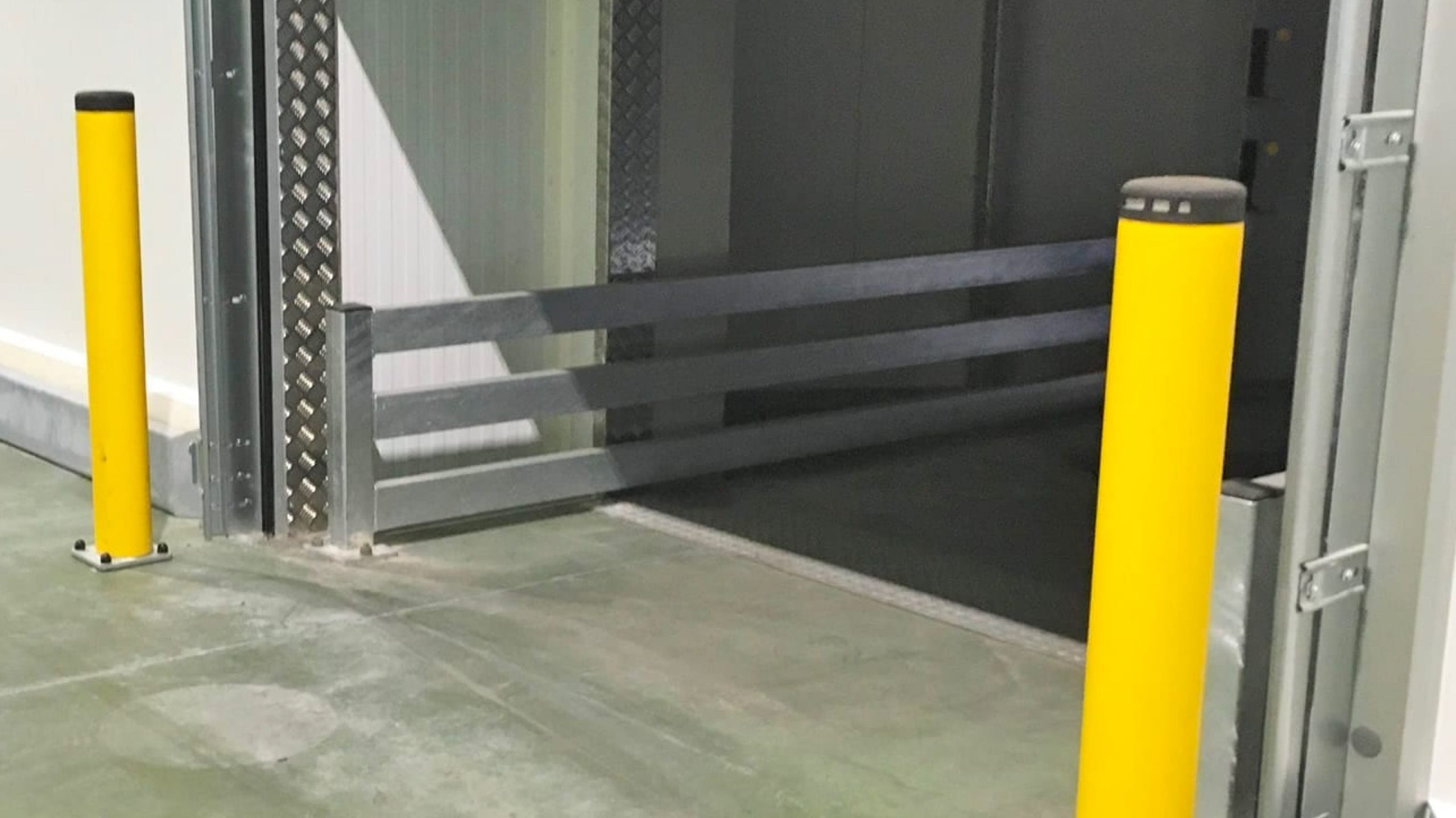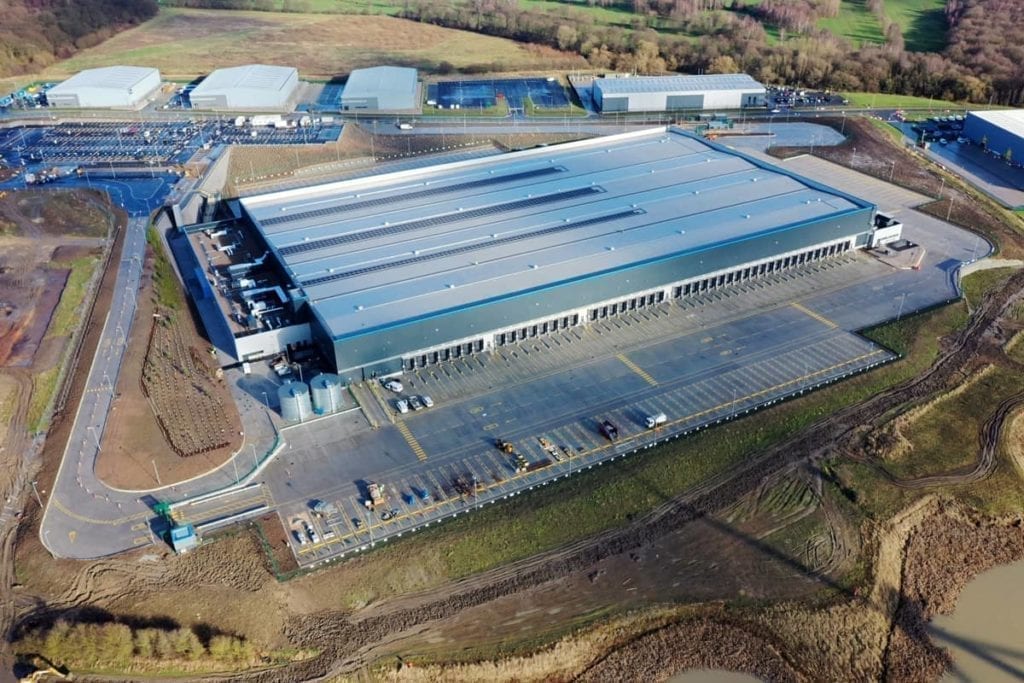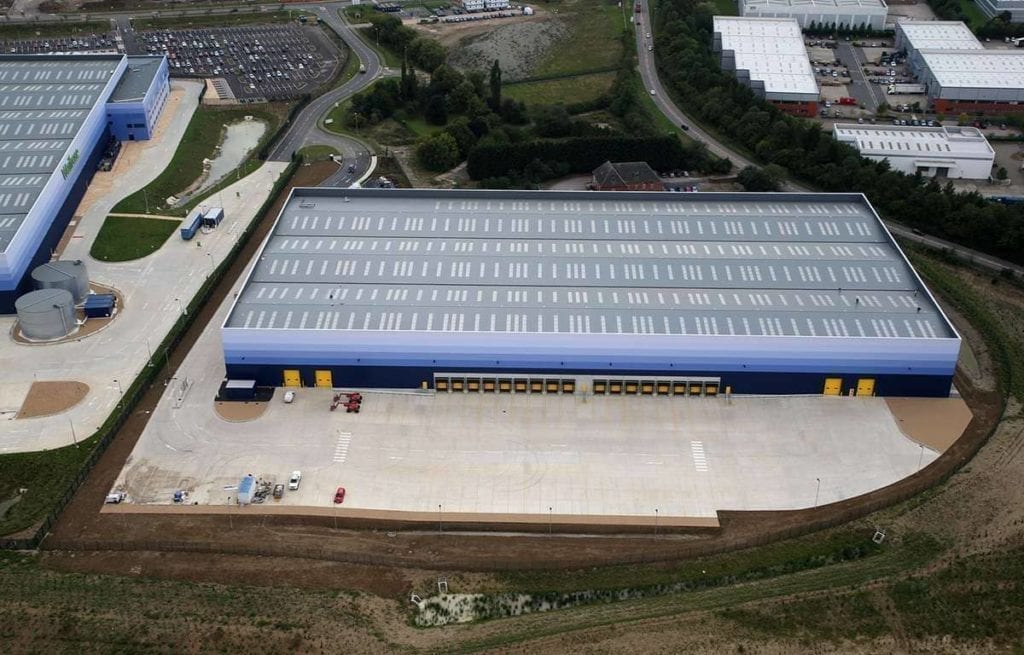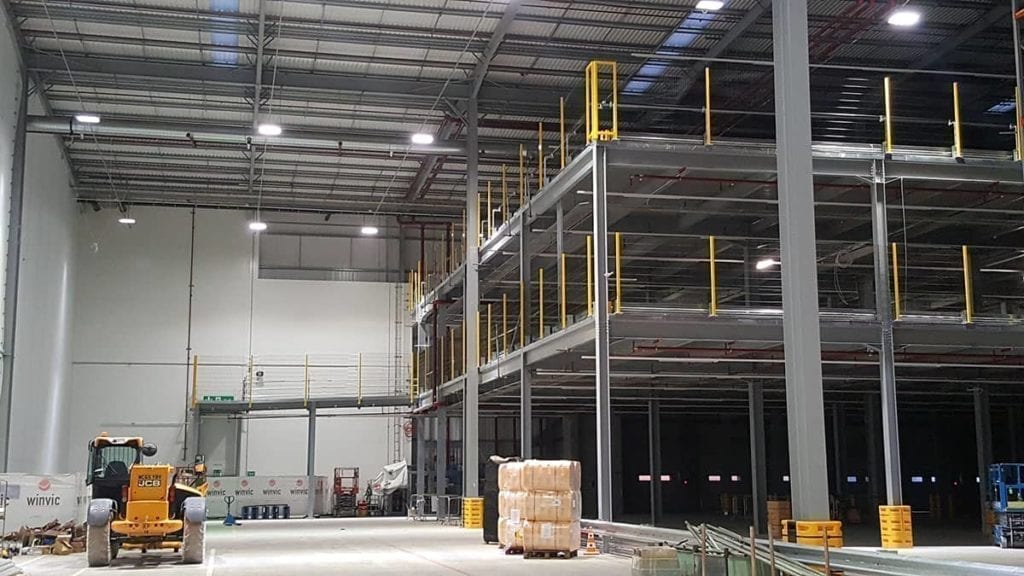The importance of Pedestrian Handrail Systems in the workplace can often be overlooked. However, besides being an essential part of customer safety, they are also a legal requirement. We will run through when and where handrails are required.
Slips, trips and falls are most likely to occur where there are potential trip hazards, slippery surfaces, or inefficient lighting. Safety Barriers & Guardrails are crucial to any working environment, but especially in high-risk environments, as other hazards may increase the chances of serious injury.
For example, whenever workers are expected to complete any activity at a height, handrails are required by law as part of the Working at Height Regulations (WAHR – 2005) and need to meet particular specifications in order to be permissible.
In a warehouse or factory environment, additional dangers such as sharp edges on moveable machinery, or risk of impact from forklifts or trucks, escalates the need for handrails. In this instance, pedestrians need to be separated from traffic to ensure that no one is hurt.
When you’re evaluating the best places to install handrails in your workplace, it’s important to take into consideration the legal requirements.
What are the legal requirements for handrails?
Below, we have listed where UK Legislation requires employers to install handrails around:
According to the law, any platform, walkway or landing higher than 0.5m must have a guardrail to prevent falls of both people and equipment. Guardrails must have a top rail, (at a minimum height of 42 inches above the floor,) an intermediate rail, (assembled so that you cannot pass a 21-inch-diameter sphere through any gaps,) and posts.
Additionally, the whole guardrail must be able to resist the force of a concentrated live load of 200 pounds or a distributed live load of 20 pounds per foot. Brandsafe’s Guardrail Systems (MHE / PIT) are a good example of these specifications in action.
Handrails on staircases
Within the UK legal regulations, the number of handrails required depends on the width of the staircase. For staircases over 1000mm wide, you need a handrail on both sides of the stairs, and for staircases, over 2m a divide is required.
If handrails are mounted to the wall, separate regulations apply. Wall-mounted handrails are required to be 50 to 75mm off the wall, need to have a diameter of between 32mm and 50mm and be non-slip.
Best practices for safety
Regardless of legal requirements, there are also areas in the workplace where handrails are necessary to reduce the risk of accidents in the workplace. We would advise that you assess the following areas in the working environment to determine whether a simple handrail could prevent an injury:
- Pedestrian walkways that come into contact with moving vehicles. Pedestrian Safety Barriers (SEG+) prevent pedestrians from crossing the path of moving vehicles. This reduces the risk of impact or injury from heavy moving machinery, forklifts and trucks.
- Around dangerous machinery. This can prevent cuts or grazes caused by sharp edges and moving parts.
- To zone off restricted areas on the factory or warehouse floor. This keeps visitors or untrained workers from entering restricted areas and endangering themselves. This can be especially useful in areas where harmful chemicals are being used or stored
- In car parks and in front of main entrances. Barriers or bollards, like the ImpactSAFE Protection Post, prevent vehicles from rolling and endangering the general public, as well as your valued workers. Brandsafe’s Sign Post WRAP Protectors can also be used to prevent any damage to your vehicle in the event of an impact.
Health and Safety in the workplace is an important part of morale and trust between workers and their employers. By installing barriers that meet industry standards you can protect your workers from easily preventable falls or injuries. We recommend checking that your handrail systems are up to industry standards as soon as possible to ensure the best possible working conditions, and to meet all legal requirements.






